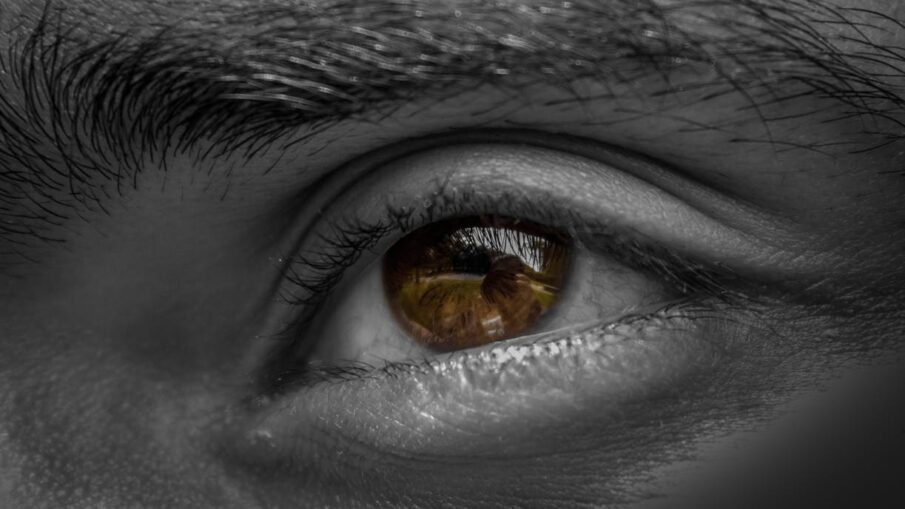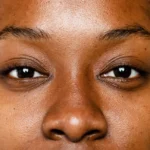Have you ever felt your eyelid suddenly begin to twitch involuntarily? If so, then you’ve probably or are currently experiencing a condition called myokymia. An eyelid twitch or myokymia is a repetitive, involuntary spasm of the eyelid muscles. Typically, only the lower eyelid of one eye is affected, but it is possible for the upper eyelid to twitch as well. While the eye twitching is usually harmless, if it persists, it may be a sign of a neurological condition. For most people, these spasms are mild and feels like a gentle tug on the eyelid, others may experience a string spasm strong enough to force both eyelids to close up. These spasms typically occur every few seconds for a minute or two.
Causes of Myokymia
Stress and Poor Diet: Along with lack of sleep, stress is a leading cause of this condition. Relaxation methods like yoga and deep breathing can help manage stress and allow you to sleep more soundly. Once you solve the stress issue, your eye twitching will likely go away as well. Also, having insufficient levels of key nutrients like magnesium can trigger eyelid spasms. Drinking an excess amount of caffeine may also cause your eyelids to twitch.
Dry Eyes: A common condition among people over the age of 50, dry eyes can also cause eye twitching. If you’ve been experiencing this issue, you should undergo an eye exam, so your eye doctor can evaluate your visual health and provide the most appropriate treatment.
Allergies: People who suffer from eye allergies often experience swelling, itchy or watery eyes. Rubbing your eyes releases histamines in the lid tissues and tears, which can cause eyelid twitching. To prevent this, keep some antihistamine eye drops or tablets on hand. As antihistamines can also cause dry eyes, it’s best to consult with your eye doctor before taking any medication.
Eye Strain: According to an article by Opti-Care published on the 27th of September 2019, People who spend an excess amount of time in front of digital screens often experience eye strain, which in turn can cause eyelid twitching. To prevent this, make sure to follow the 20-20-20 rule: after 20 minutes of screen time, look at an object 20 feet away for 20 seconds. This reduces the fatigue in your eyes that can trigger eye twitching. Alternatively, eyeglasses with blue light protection can also relieve eye strain.
Note: In rare cases, eyelid spasms may be an early warning sign of a chronic movement disorder, especially if the spasms are accompanied by other facial twitches or uncontrollable movements. As with any visual health concerns, its best to consult with your optometrist if you been experiencing this way too frequently.



